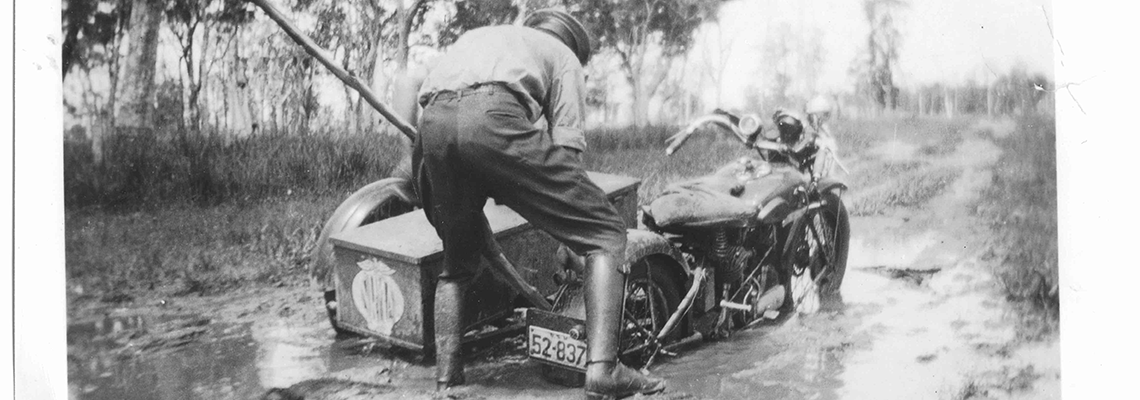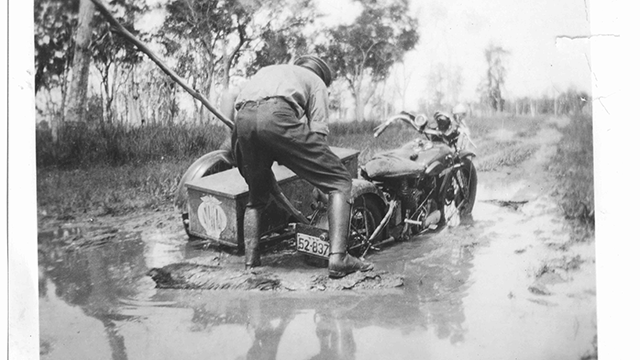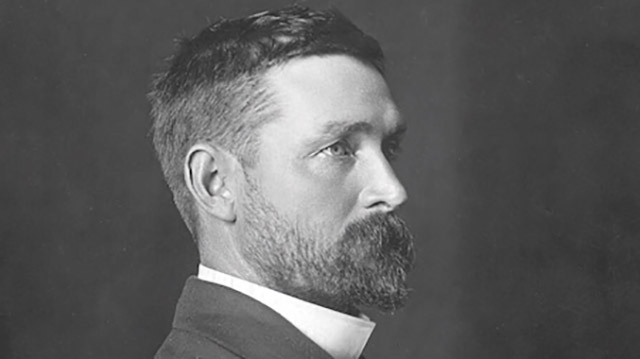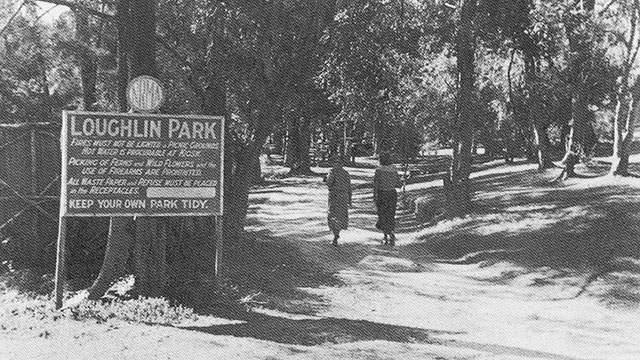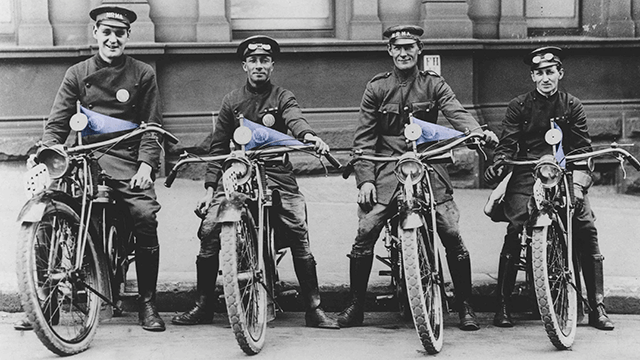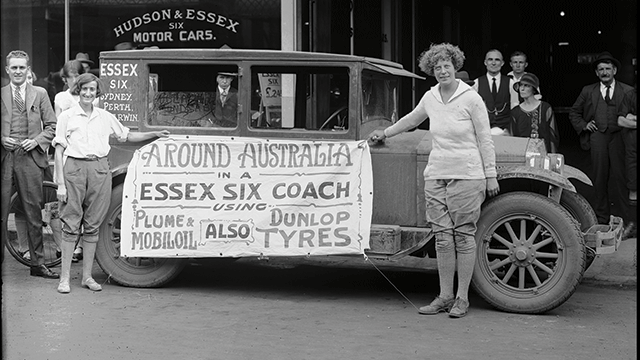The NRMA's early patrols became roadside heroes as they helped Members with everything from parking to breakdowns and information about the state of roads.
The most important moment in the NRMA's 100-year history came with the appointment of three official guides (known today as patrols) a few years after the association was created. Wearing a khaki uniform, they were first seen on Sydney streets on February 16 1924. Guide A. W. Scott had the first shift and went on duty that night at six o'clock.
They were given a salary of £130 a year plus expenses and received a 10 per cent commission for every new Member recruited. The NRMA purchased a Douglas motorcycle, which E. A Povey would use to patrol tourist routes and offer assistance to Members. In April, A. W. Scott was promoted to head guide and, shortly after that, a fourth guide was hired and a second motorcycle was purchased.
The rapidly growing army of patrols wore breeches and leggings similar to those worn by the Light Horse Brigade in WWl. As numbers grew, more Douglas motorcycles joined the fleet and each had a little blue NRMA flag on the handlebars and a kit of tools strapped neatly at the back.
Membership was also growing and it was soon clear the patrols were becoming the main reason motorists were joining the association. They quickly earned a reputation for their good humour, politeness and ability to go above and beyond to help a Member. This reputation was unique, with no other motoring club in the world offering such skilled service with such goodwill. And, after a century, this hasn't changed.
One of the strictest rules for the association's early guides was to never a accept a tip. It was a point of honour for these proud men to not accept gratuities, which could be a frustration for Members wishing to thank them for their assistance. Their original duties were to assist Members to park their cars, find hotel accommodation when required, render mechanical first aid when necessary, and be at the conveniences of Members generally.
At the time, it was illegal to leave a car parked unattended for more than 30 minutes in the city. In designated parking areas, the guides would watch the cars of Members, and if the allocated time had passed, would take the car for a "short spin" so watchful police could not fine the Member.
Although the guides' initial priority was supervising parked cars, it didn't take long for the 'mechanical first aid' service (which was free of charge) to become the most popular part of the job with Members. A short while later, the NRMA's slogan became "Never Refuse Motorists Assistance", with the first letter of each word, of course, spelling NRMA.
Helping Members wasn't always easy. In the days before radio technology and mobile phones, patrolmen would need to ask for help from other motorists to inform them about the location of a broken-down car.
At the beginning of 1924, the NRMA had one bike on the road. Today, there are 318 patrol vans always ready to aid Members.

